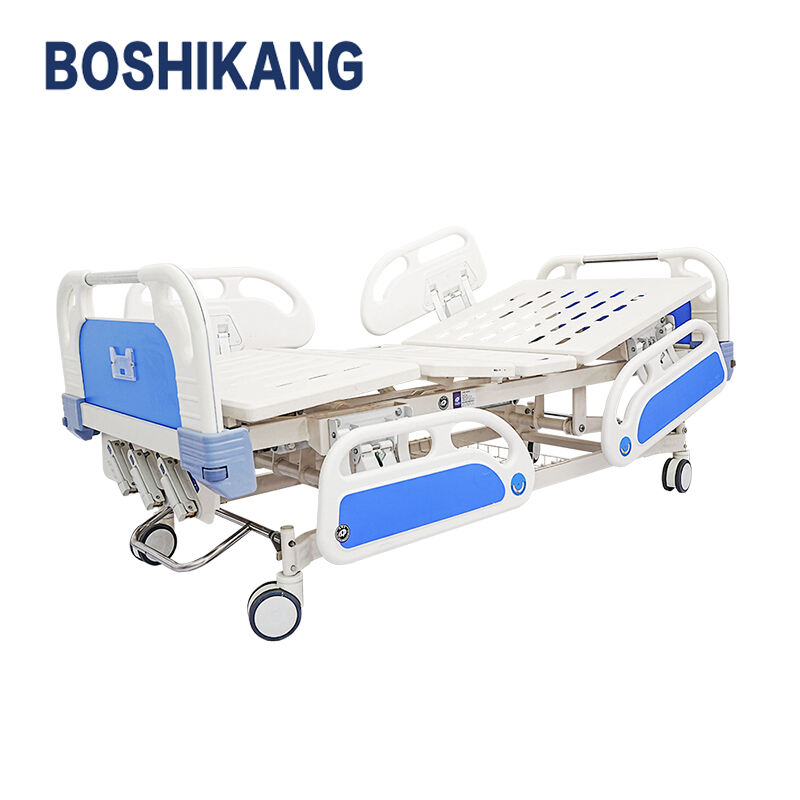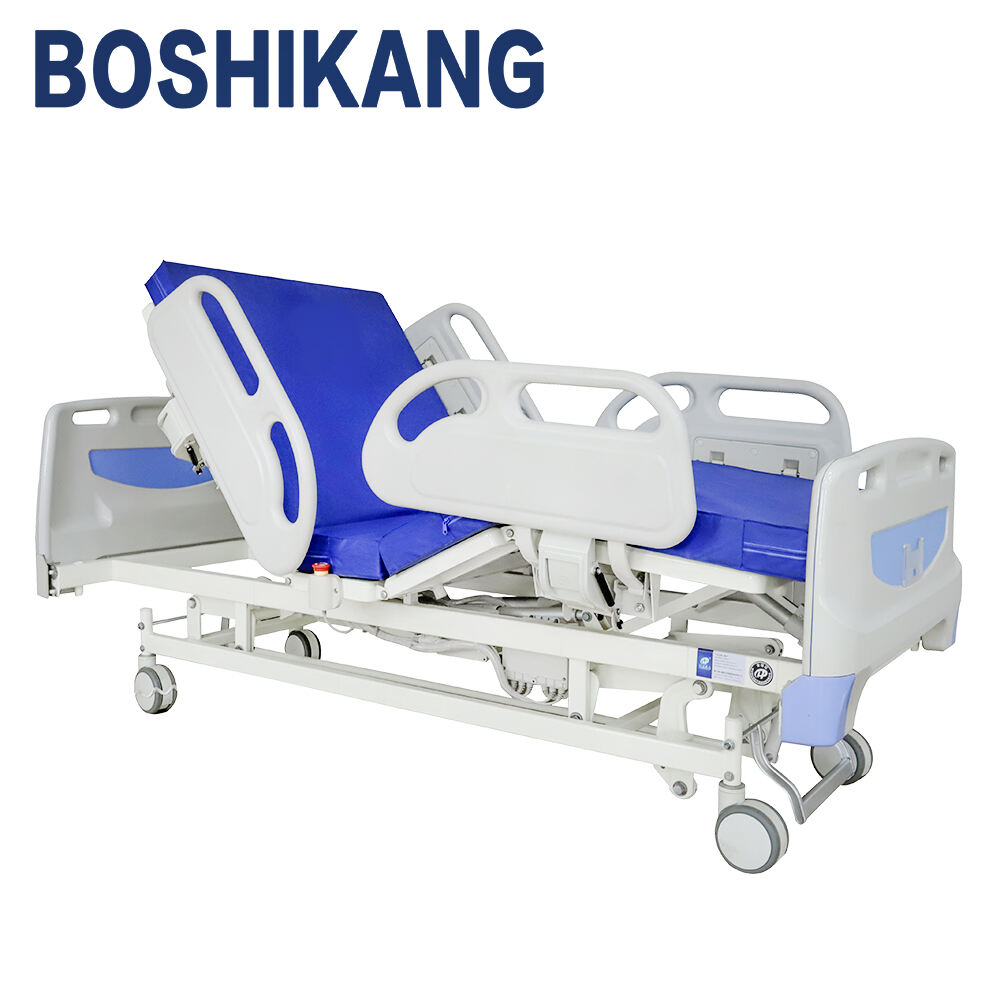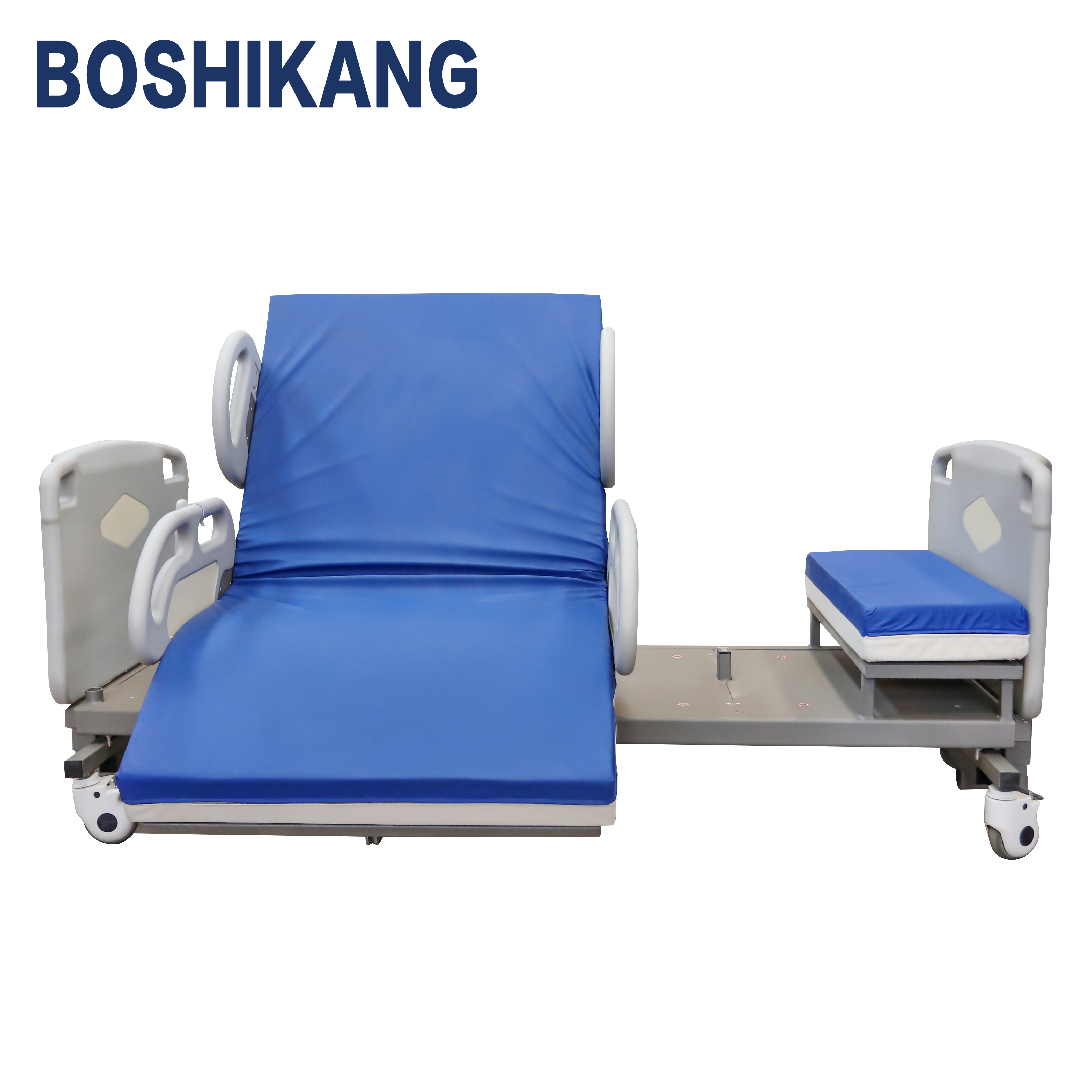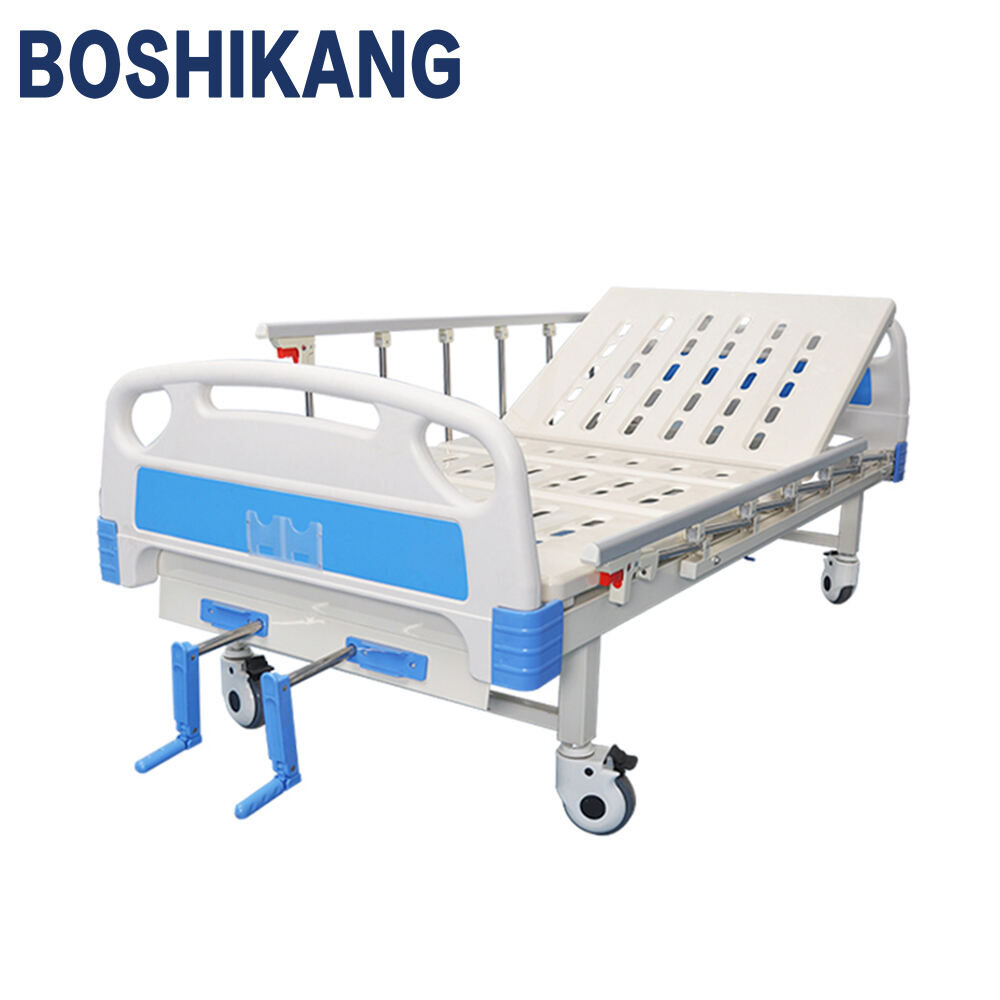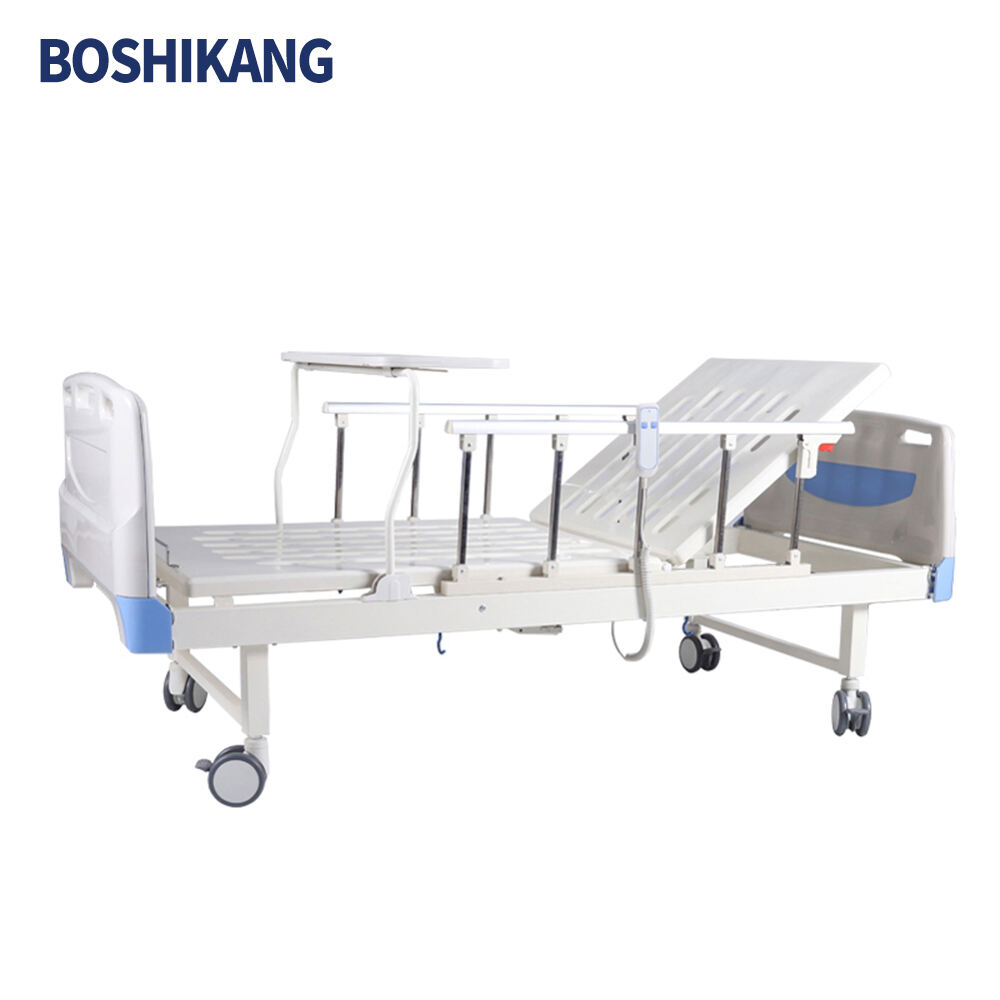intensive care beds
Intensive care beds represent the pinnacle of medical engineering, designed specifically for critical care environments where patient monitoring and treatment are paramount. These sophisticated medical devices combine advanced technology with ergonomic design to provide optimal care for critically ill patients. Modern intensive care beds feature multiple electronic adjustments, allowing healthcare providers to modify patient positions precisely for various medical procedures and comfort requirements. The beds incorporate integrated weighing systems, lateral tilting capabilities, and advanced pressure redistribution surfaces to prevent pressure ulcers. They are equipped with side rails that ensure patient safety while allowing quick access during emergencies. Most models feature built-in X-ray cassette holders, enabling imaging procedures without patient transfer. The beds also include multiple attachment points for medical equipment such as IV poles, ventilators, and monitoring devices. Control panels with intuitive interfaces allow both caregivers and patients to adjust positions safely. Advanced models incorporate backup battery systems ensuring functionality during power outages. These beds are constructed with materials that facilitate easy cleaning and sanitization, meeting strict infection control standards. Their robust design supports patients of varying weights while maintaining mobility for quick transport within healthcare facilities.

